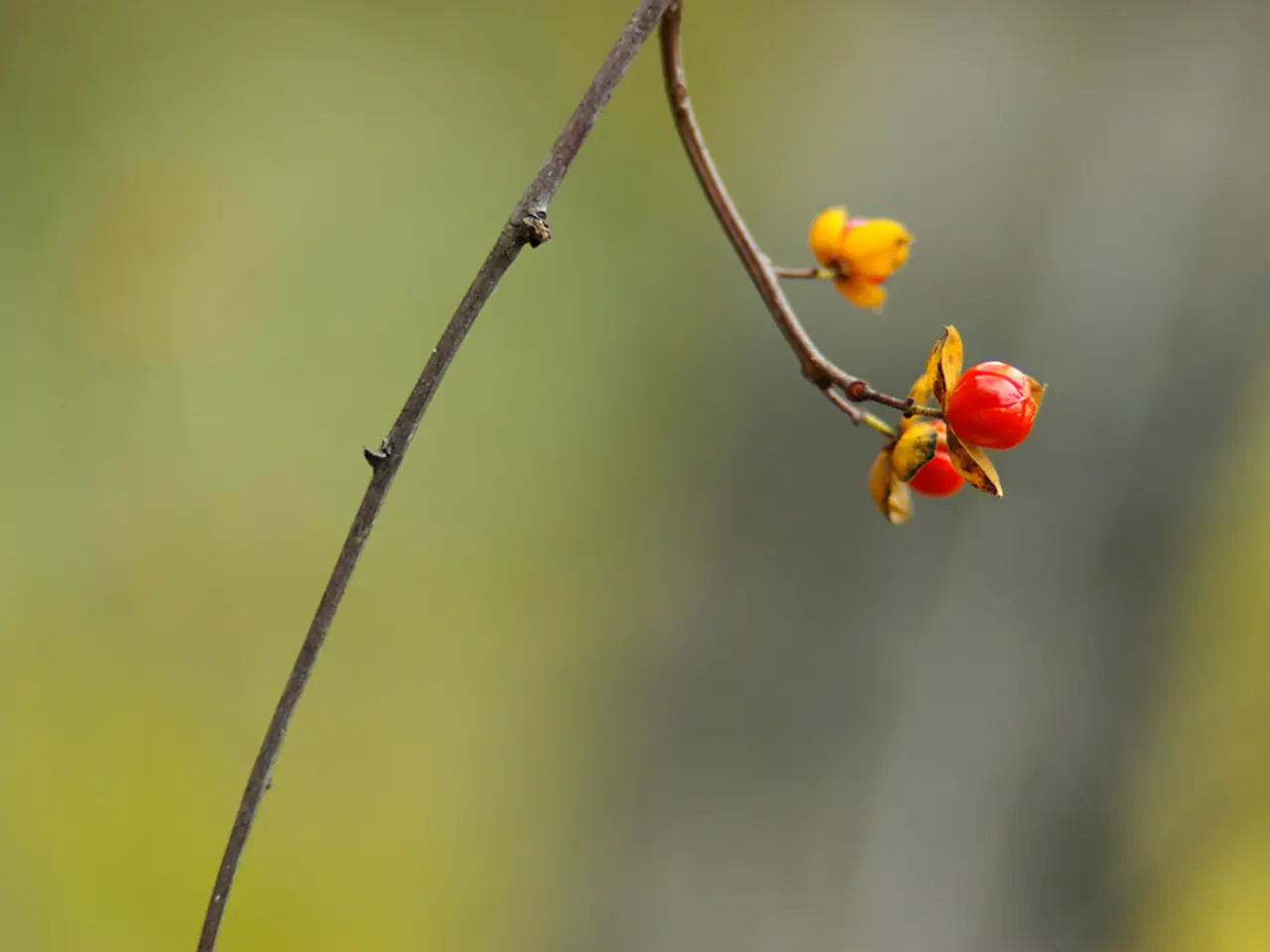Orchid Bud Rot Prevention: Strategies to Avert Orchid Flower Blight
Orchid bud blast, a common issue that causes the plant's buds to fall off, can be a worrying sight for any plant enthusiast. But fear not! With a bit of knowledge and care, you can help your orchid thrive.
Understanding the Causes
Orchid bud blast can be triggered by various factors, such as low temperatures, incorrect watering, insufficient light, temperature fluctuations, and exposure to draughts, cigarette smoke, or ethylene gas from ripening fruit. It's essential to maintain an environment that mimics the plant's natural growing conditions as closely as possible to prevent bud blast.
Remedying and Preventing Bud Drop
Temperature Control
Maintain stable temperatures between about 16°C and 32°C, avoiding sudden changes and cold drafts. This consistency will help keep your orchid healthy and reduce the risk of bud drop.
Proper Watering
Water regularly, but allow the growing medium to dry out between waterings. Avoid overwatering, which can lead to root rot, and do not use ice-cold water.
Adequate Lighting
Provide sufficient indirect sunlight to keep roots healthy and the plant vigorous. Remember, the light requirements vary by species, so it's crucial to determine whether your plant is a low-light, medium-light, or high-light orchid.
Environmental Protection
Protect your orchid from environmental stressors such as cigarette smoke and ethylene gas (keep it away from fruit bowls).
Humidity Management
Maintain proper humidity levels; use methods like a pebble tray with water to raise humidity without wetting buds directly, since moisture on buds can cause fungal spots that contribute to bud drop.
Checking the orchid’s roots is critical. Healthy roots are typically green or white and plump; brown or mushy roots indicate rot, and grey ones suggest dryness. Adjust watering accordingly.
Other Important Factors
Light Requirements
Orchids need appropriate light levels to bloom. Insufficient light can cause buds to blast, while excessive light can scorch the plant and cause buds to fall off.
Fertilizing
Orchids require a specific weekly or bi-weekly fertilizing schedule when actively growing, and should be fertilized with a water-soluble fertilizer specifically formulated for orchids.
Temperature Drops
Orchids need a drop between day and night-time temperatures of about 10 to 15°F (5 to 8°C) to rebloom.
Conclusion
Orchid bud blast is usually a simple fix that requires amending the orchid care routine. By maintaining stable temperatures, watering correctly, ensuring adequate indirect light, and providing good humidity without wetting buds directly, you can help your orchid bloom beautifully once again. Happy gardening!
[1] Orchid Care Tips: Preventing Bud Blast (2021). [Online]. Available: https://www.orchidcaretips.com/orchid-care-tips-preventing-bud-blast/
[2] Orchid Care Basics: Watering (2021). [Online]. Available: https://www.orchidcarebasics.com/orchid-care-basics-watering/
[3] Orchid Humidity: The Importance of Humidity in Orchid Care (2021). [Online]. Available: https://www.orchidhumidity.com/orchid-humidity-the-importance-of-humidity-in-orchid-care/
Read also:
- Wawa avian tests positive for West Nile disease
- The market for Kraft Lignin is projected to increase at a rate of 7.2% each year until 2034.
- Revising hair care practices with cynorrhodon extracts for addressing hair fragility
- Filipino Card Games Find Their Home at Gamezone, Offering an Unmatched Experience!





